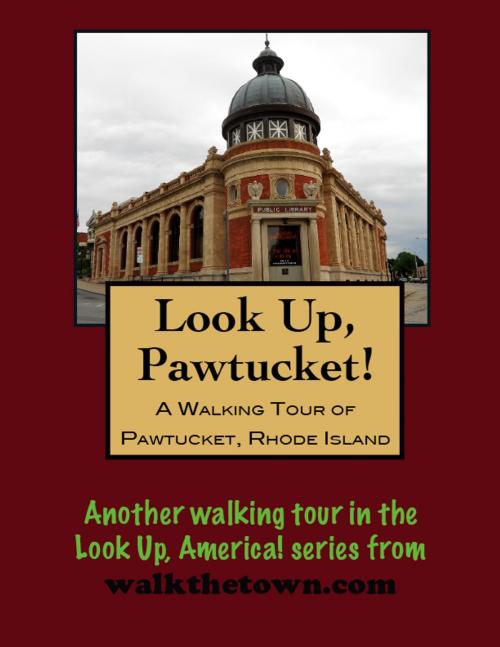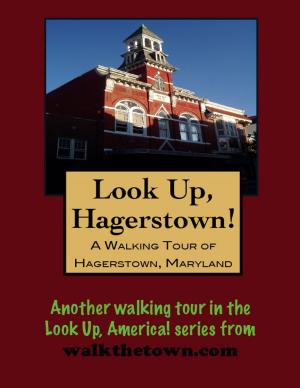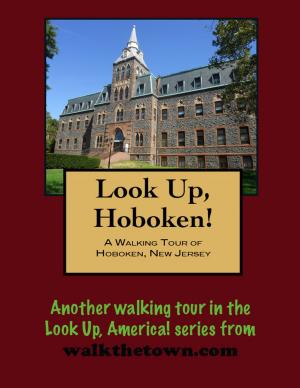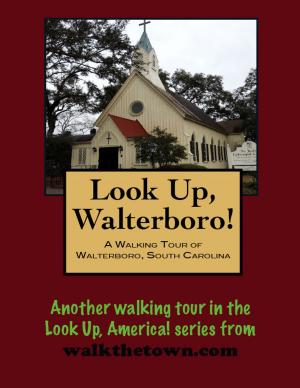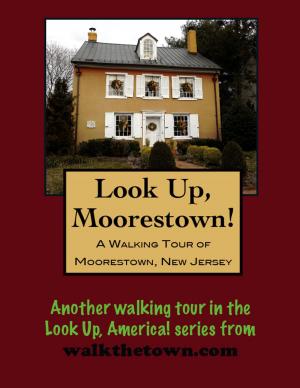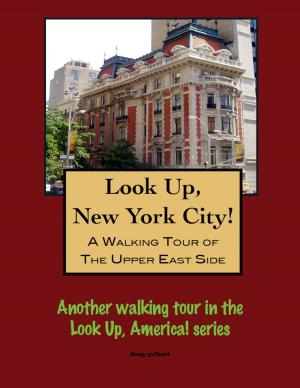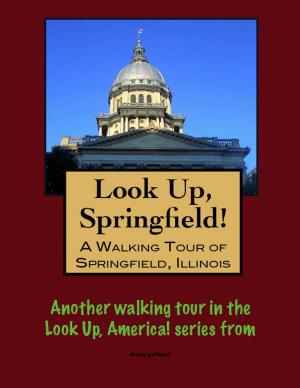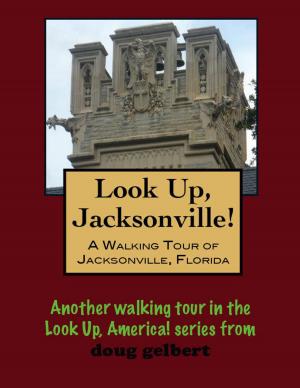| Author: | Doug Gelbert | ISBN: | 9781458119537 |
| Publisher: | Doug Gelbert | Publication: | February 13, 2011 |
| Imprint: | Smashwords Edition | Language: | English |
| Author: | Doug Gelbert |
| ISBN: | 9781458119537 |
| Publisher: | Doug Gelbert |
| Publication: | February 13, 2011 |
| Imprint: | Smashwords Edition |
| Language: | English |
There is no better way to see America than on foot. And there is no better way to appreciate what you are looking at than with a walking tour. Whether you are preparing for a road trip or just out to look at your own town in a new way, a downloadable walking tour is ready to explore when you are.
Each walking tour describes historical and architectural landmarks and provides pictures to help out when those pesky street addresses are missing. Every tour also includes a quick primer on identifying architectural styles seen on American streets.
Roughly translated from the Narragansett dialect as “the place by the waterfall,” Pawtucket is one of two Rhode Island cities - Woonsocket is the other - to retain its native place name since its settlement -. It is an appropriate honorific as those falls have played the critical part in the city’s growth since that beginning.
Thick stands of timber and rocky hills prevented the Rhode Islanders who followed Roger Williams from spreading out to the north after the 1630s. It was not until 1671 that Joseph Jencks, Jr., a blacksmith, became the first European to move into what would become Pawtucket. He eyed the falls where the Blackstone River narrows before reaching the tidal flow of Narragansett Bay as a source of power for his forge. He crafted plows, scythes and other iron household items and was successful enough that other smiths soon set up shop along the Blackstone.
Pawtucket became a manufacturing center and a favorite stopping place for travelers on the Boston Post Road through the colonies. During the American Revolution the forges churned out ammunition and muskets for the patriot cause. In 1789 Moses Brown, of the influential Providence Brown family, became interested in the machine manufacture of thread and he chose the falls in Pawtucket as the site for his first mill. A power spinning-frame had been invented in England some years before enabling fine English cloth to gain a stranglehold on the world market. Power spinning had been attempted unsuccessfully in New York and the English, desperate to keep the technology looked on its island, passed laws rendering the divulgence of its secret almost on a par with treason.
However, a young farmer newly arrived in America named Samuel Slater had been a master mechanic in Nottingham and just happened to have full knowledge of the spinning frame committed to memory. He contacted Brown and together they commenced the Industrial Revolution in America with the first successful spinning mill just downstream from Pawtucket Falls.
With its fortunes cast as an industrial town Pawtucket now grew rapidly. New streets were built and rapidly filled in with houses, factories and shops. But the jurisdiction under which the town grew was always a bit murky. The Blackstone River was the Rhode Island-Massachusetts boundary line until 1862 and the community grew up as two different units on either side of the river. The west side began as part of Providence and the east side as part of Rehoboth, Massachusetts. Pawtucket, Massachusetts was established in 1828 while on the Rhode Island side the community was part of New Providence that had broken off in 1765. For many years this was the largest community in the United States operating under town government. It was not until 1886 that Pawtucket filed its city charter and not until 1899 that the border dispute with Massachusetts was finally settled and included cession of the Pawtucket area to Rhode Island.
Our walking tour of downtown Pawtucket will take in both sides of the historic Blackstone River and see what remains of this important American industrial city. We’ll start down by the river where there is an unusual city hall and those mills that Samuel Slater carried around in his head...
There is no better way to see America than on foot. And there is no better way to appreciate what you are looking at than with a walking tour. Whether you are preparing for a road trip or just out to look at your own town in a new way, a downloadable walking tour is ready to explore when you are.
Each walking tour describes historical and architectural landmarks and provides pictures to help out when those pesky street addresses are missing. Every tour also includes a quick primer on identifying architectural styles seen on American streets.
Roughly translated from the Narragansett dialect as “the place by the waterfall,” Pawtucket is one of two Rhode Island cities - Woonsocket is the other - to retain its native place name since its settlement -. It is an appropriate honorific as those falls have played the critical part in the city’s growth since that beginning.
Thick stands of timber and rocky hills prevented the Rhode Islanders who followed Roger Williams from spreading out to the north after the 1630s. It was not until 1671 that Joseph Jencks, Jr., a blacksmith, became the first European to move into what would become Pawtucket. He eyed the falls where the Blackstone River narrows before reaching the tidal flow of Narragansett Bay as a source of power for his forge. He crafted plows, scythes and other iron household items and was successful enough that other smiths soon set up shop along the Blackstone.
Pawtucket became a manufacturing center and a favorite stopping place for travelers on the Boston Post Road through the colonies. During the American Revolution the forges churned out ammunition and muskets for the patriot cause. In 1789 Moses Brown, of the influential Providence Brown family, became interested in the machine manufacture of thread and he chose the falls in Pawtucket as the site for his first mill. A power spinning-frame had been invented in England some years before enabling fine English cloth to gain a stranglehold on the world market. Power spinning had been attempted unsuccessfully in New York and the English, desperate to keep the technology looked on its island, passed laws rendering the divulgence of its secret almost on a par with treason.
However, a young farmer newly arrived in America named Samuel Slater had been a master mechanic in Nottingham and just happened to have full knowledge of the spinning frame committed to memory. He contacted Brown and together they commenced the Industrial Revolution in America with the first successful spinning mill just downstream from Pawtucket Falls.
With its fortunes cast as an industrial town Pawtucket now grew rapidly. New streets were built and rapidly filled in with houses, factories and shops. But the jurisdiction under which the town grew was always a bit murky. The Blackstone River was the Rhode Island-Massachusetts boundary line until 1862 and the community grew up as two different units on either side of the river. The west side began as part of Providence and the east side as part of Rehoboth, Massachusetts. Pawtucket, Massachusetts was established in 1828 while on the Rhode Island side the community was part of New Providence that had broken off in 1765. For many years this was the largest community in the United States operating under town government. It was not until 1886 that Pawtucket filed its city charter and not until 1899 that the border dispute with Massachusetts was finally settled and included cession of the Pawtucket area to Rhode Island.
Our walking tour of downtown Pawtucket will take in both sides of the historic Blackstone River and see what remains of this important American industrial city. We’ll start down by the river where there is an unusual city hall and those mills that Samuel Slater carried around in his head...
